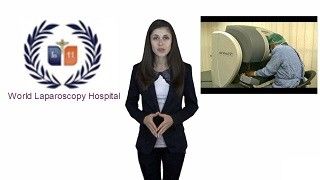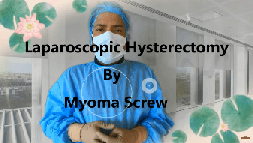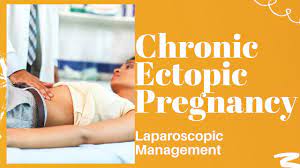Laparoscopic Heller's Myotomy for Achalasia in Pediatric Patient
Add to
Share
876 views
Report
10 months ago
Description
**Achalasia in Pediatric Patients: Diagnosis and Treatment** Achalasia is an uncommon disorder affecting esophageal motility, marked by the lower esophageal sphincter's (LES) failure to relax correctly, resulting in swallowing difficulties, regurgitation, and occasionally chest pain. Although more frequently diagnosed in adults, achalasia can also appear in children, presenting distinct diagnostic and treatment challenges. Laparoscopic Heller's myotomy has become a highly effective treatment for pediatric achalasia, offering significant advantages over traditional open surgery. **Pathophysiology and Diagnosis** In both children and adults, achalasia involves the degeneration of ganglion cells in the esophagus's myenteric plexus, leading to impaired peristalsis and LES relaxation failure. The precise cause remains unknown but is thought to involve autoimmune, infectious, and genetic factors. Diagnosis relies mainly on clinical symptoms such as difficulty swallowing (dysphagia), regurgitation, and weight loss. Diagnostic methods include: - **Barium Swallow:** This imaging test typically reveals a dilated esophagus with a constricted gastroesophageal junction. - **Esophageal Manometry:** The gold standard for diagnosing achalasia, this test measures esophageal and LES pressures, confirming the absence of LES relaxation and abnormal esophageal motility. - **Endoscopy:** Used to exclude other causes of dysphagia and to evaluate the esophageal lining. **Surgical Technique** Laparoscopic Heller's myotomy involves precisely cutting the LES muscle fibers to relieve the obstruction while maintaining the esophageal mucosal layer's integrity. The procedure typically includes: 1. **Patient Positioning and Anesthesia:** The patient is placed in a supine position under general anesthesia. 2. **Port Placement:** Five small incisions are made to insert laparoscopic instruments, including a camera. 3. **Dissection:** The esophagus is carefully dissected to expose the LES. 4. **Myotomy:** The LES and lower esophageal muscle fibers are divided, ensuring the mucosa remains intact. 5. **Partial Fundoplication:** Often, a partial fundoplication (such as Dor or Toupet) is performed to prevent postoperative gastroesophageal reflux. **Postoperative Care** Postoperative care includes monitoring for complications like perforation, bleeding, and infection. A liquid diet is typically initiated early, progressing to soft foods as tolerated. Most pediatric patients can return to normal activities within a few weeks. **Outcomes and Benefits** Laparoscopic Heller's myotomy has shown excellent outcomes in pediatric patients, significantly improving symptoms and quality of life. The minimally invasive nature of the procedure offers several benefits: - **Reduced Pain and Scarring:** Smaller incisions lead to less postoperative pain and minimal scarring. - **Shorter Hospital Stay:** Faster recovery and shorter hospital stays compared to open surgery. - **Improved Esophageal Function:** Effective relief of dysphagia and improved esophageal emptying. **Complications** While generally safe, laparoscopic Heller's myotomy carries potential risks, including: - **Esophageal Perforation:** A rare but serious complication that requires immediate repair. - **Gastroesophageal Reflux Disease (GERD):** Postoperative reflux is a concern, often managed with fundoplication and medications. - **Infection:** There is a risk of infection at the incision sites, as with any surgical procedure. **Conclusion** Laparoscopic Heller's myotomy is a significant advancement in treating pediatric achalasia. Its minimally invasive approach, combined with its effectiveness in alleviating symptoms and enhancing esophageal function, makes it the preferred surgical method. With careful patient selection, meticulous surgical technique, and proper postoperative care, children with achalasia can achieve excellent outcomes and lead symptom-free lives.
Similar Videos






